SUMMARY
This is AI generated summarization, which may have errors. For context, always refer to the full article.
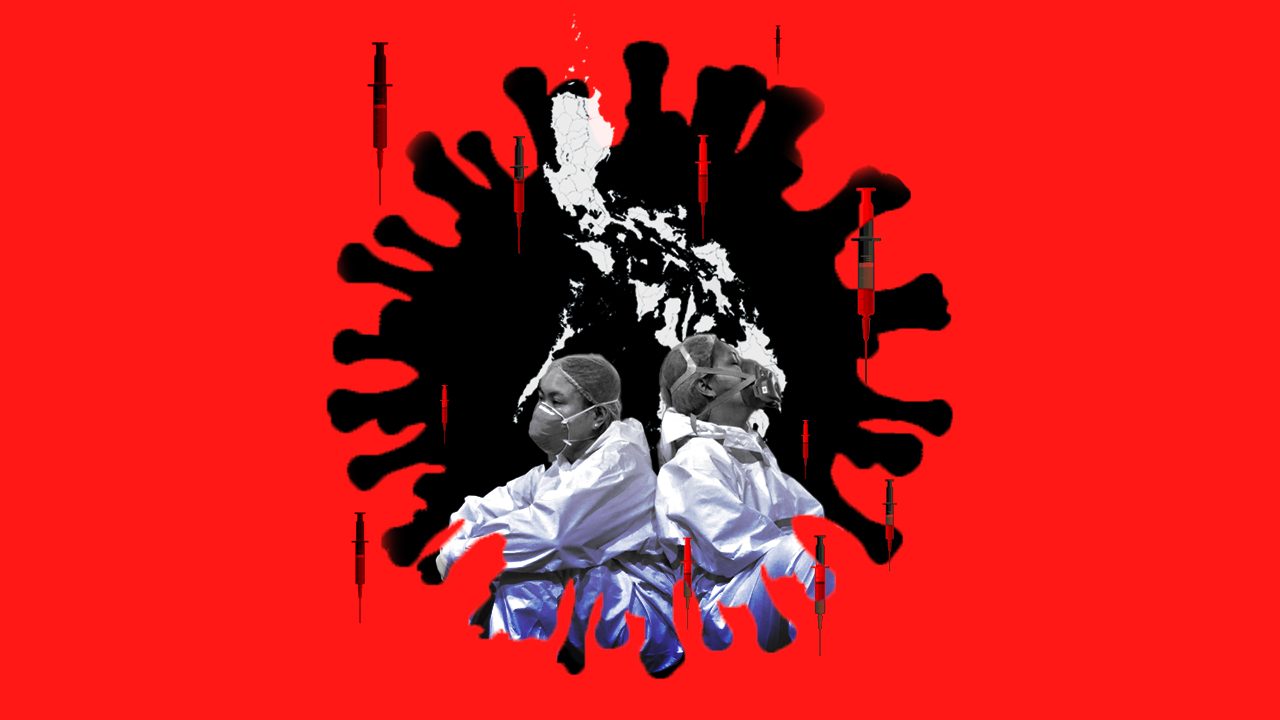
The second year of the coronavirus pandemic in the Philippines was, in a number of ways, similar to the first.
Lockdowns remained for the most part of the year as two waves of COVID-19 ravaged the country. While several millions of Filipinos were able to get vaccinated throughout the year, experts flagged the vaccination campaign’s sluggish pace.
In the middle of it all, lawmakers investigated alleged anomalies involving billions of pesos in the Duterte administration’s pandemic contracts. These were probed in marathon Senate hearings that went on for months on end.
It was not until the latter part of the year until new daily coronavirus cases were reported only in the hundreds, restrictions were eased, and mandatory face shield policies were dropped – finally giving some kind of sense that, perhaps, the Philippines was getting out of the woods. (READ: Does wearing a face shield protect against COVID-19?)
While the holidays may be looking up for many Filipinos, the threat of a new variant of concern looms, and experts say that there is still a need to practice “risk-based” decisions when choosing activities and engagements despite the relatively low cases.
Here’s a list of stories reviewing what happened during the COVID-19 pandemic in 2021.
Trackers
As the Philippines’ vaccination campaign began in March, one of the government’s main goals was to get as many Filipinos vaccinated. We monitored the arrival and rollout of the vaccines in these trackers, as well as where COVID-19 cases were most prevalent. We also chronicle the significant events in the pandemic in a running timeline.
- TRACKER: The Philippines’ COVID-19 vaccine distribution
- TRACKER: Status of vaccination in Metro Manila
- TRACKER: The Philippines’ plans for COVID-19 boosters, third doses
- MAPS: COVID-19 in the Philippines
- TIMELINE: The novel coronavirus pandemic
Things we learned about COVID-19
These stories and explainers explore new information about the virus as they came.
Why did we need to pay attention to the virus when it mutated?
- EXPLAINER: Ano ang pagkakaiba ng mutation, variant, at strain?
- What we know so far about new COVID-19 variant found in PH
- FAST FACTS: The coronavirus Lambda variant
- What the surge fueled by the Delta variant taught us
- Beyond the Stories: Ano’ng dapat malaman tungkol sa Omicron variant?
How did the public and health experts tackle the ivermectin debate, when it was floated as a possible alternative treatment to COVID-19?
- COVID-19: The Philippines’ race for a cure
- Are we missing out on alternative treatments for COVID-19?
- EXPLAINER: Myths and facts about ivermectin
- In fierce Ivermectin debate, doctors remind: ‘Do no harm’
How did we learn to understand the dynamics of new variants and vaccines, and was herd immunity the only goal?
- Can COVID-19 vaccines in the Philippines beat Delta?
- 5 myths about COVID-19 vaccines debunked
- EXPLAINER: COVID-19 patients at PGH mostly unvaccinated
- In COVID-19 battle, herd immunity isn’t the only goal the PH needs to reach
- COVID-19 holiday plans: What would experts do?
Plight of health workers
Two deadly surges took an unprecedented toll on health workers employed in a healthcare system which had problems spilling over from before the pandemic began.
The release to workers of their benefits mandated by law was also a rocky discussion as the Department of Health’s spending was put under scrutiny.
- Overworked, underpaid health workers are walking away as Delta ravages PH
- Are the doctors alright? Frontliners in remote areas feel Manila’s neglect
- Doctors plead with gov’t: ‘We can’t fight this virus with antiquated methods’
- How Philippine contact tracers lost track of the virus
- Philippine contact tracers: The forgotten frontliners
- Underpaid health workers walk out, call for Duque resignation at mass protests
- What you should know about COVID-19 hazard pay, special risk allowance
The Duterte COVID-19 response
The pandemic response of President Rodrigo Duterte was not without criticism on matters of public health policy, public funds management, and governance.
- PH scores lowest among ASEAN countries in gov’t pandemic response – survey
- ‘NCR Plus’ bubble vs COVID-19 pointless with lax LGU borders
- PH may be among last in Southeast Asia to reach herd immunity
- What you need to know about Duterte’s COVID-19 loans
- Many unknowns in Duterte’s COVID-19 jab as PH fights vaccine hesitancy
- EXPLAINER: What went wrong with Duterte’s pandemic response?
- EXPLAINER: The Philippines’ fight vs vaccine hesitancy
- Hesitancy not a major driver for PH’s low vaccination rates
- President Duterte, you can still get COVID-19 under control
- Duterte’s longest SONA leaves Filipinos hanging on pandemic recovery
- Often-ignored COA fuels pandemic outrage vs Duterte gov’t
- DOH’s poor use of P67 billion COVID-19 funds led to ‘missed opportunities’ – auditors
- DOH failed to spend P2.07 billion after parking it in PS-DBM in 2020
- How the Duterte gov’t shut out local PPE producers during a pandemic
- PH’s last-minute quarantine changes force travelers to spend thousands
Jobs and economy
The health crisis coincided with an economic crisis that was experienced locally and globally. Here’s what it was like for Filipinos in 2021.
- Philippines offers nurses in exchange for vaccines from Britain, Germany
- Labor secretary Bello aims to deploy more nurses, healthcare staff overseas
- With fresh lockdowns, 3.88 million Filipinos jobless in August 2021
- Philippines lowers 2021 economic growth target over fresh lockdowns, Delta
- Delta variant puts Philippine economy among most vulnerable in Asia
- COVID-19 pandemic to cost PH P41.4 trillion over next 4 decades – NEDA
- Philippine GDP growth slows but beats forecasts at 7.1% in Q3 2021
- Philippines raises deployment cap of healthcare workers to 7,000
Despair, ‘bayanihan’ amid crisis
The Philippines recorded millions of positive cases and tens of thousands dead – with more added to the health department’s daily tally. These are stories of people behind the numbers, as well as how Filipinos in the country and abroad banded together in times of crisis.
- Philippines’ COVID-19 surge tears through families
- Facebook as lifeline: Desperate Filipinos turn to strangers for help
- Community pantries: Is it a ‘revolution’ when Filipinos just want to give?
- ‘Take care of your neighbor’: Communities battle doubts about COVID-19 vaccines
- Healthcare professionals turn to TikTok to fact-check, debunk health myths
- Through virus surge and separation, Filipinos in Indonesia closer than ever
- ‘Last year was nothing compared to now’: Learning from India’s second wave
The Pharmally controversy
As Filipinos struggled to survive, lawmakers investigated allegations of misspending in the government’s pandemic funds. These anomalies, which sprung from irregularities found by the Commission on Audit, had ties to the President himself.
- Biggest pandemic supplier has links to ex-Duterte adviser Michael Yang
- Pharmally had P625,000 capital before bagging P8 billion in COVID-19 contracts
- Pharmally bags P2 billion more deals in 2021
- PANOORIN: Bakit kahina-hinala ang pagkakuha ng Pharmally ng mga kontrata sa pandemya?
- ‘We swindled gov’t’: Pharmally changed expiry date of medical-grade face shields
- 2 days after bombshell testimony, Pharmally exec can’t be contacted by Senate panel
- Furious Duterte seeks to block Cabinet, witnesses from appearing in Senate probe
- Rigged favors for Pharmally, substandard supplies are graft – senators
- Pharmally’s Krizle Mago recants Senate testimony: ‘It was a pressured response’
- ‘Sue us instead’: Jailed Pharmally execs still won’t budge over missing documents
– Rappler.com
Add a comment
How does this make you feel?

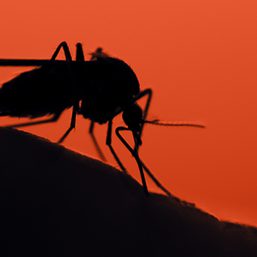




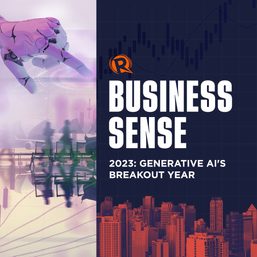

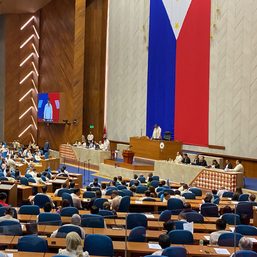
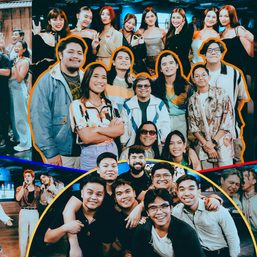
There are no comments yet. Add your comment to start the conversation.